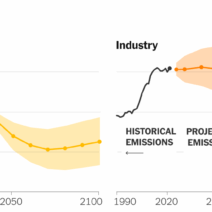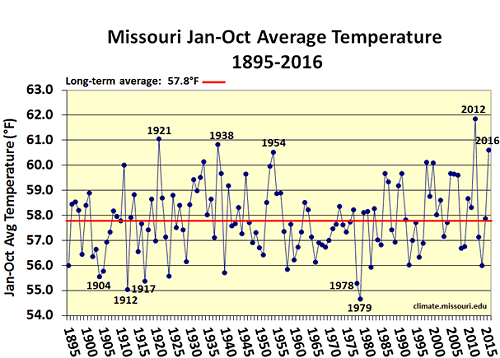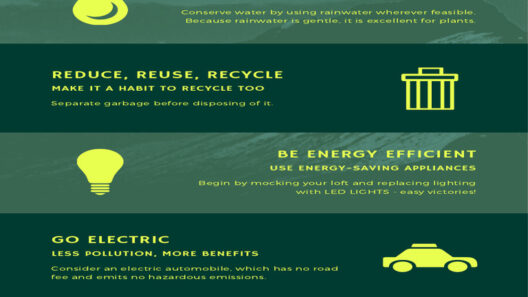In the pulsating heart of a triathlon, where endurance meets prowess, lies an often-overlooked aspect: the conscientious management of energy consumption. Just as a masterful conductor orchestrates a symphony, triathletes must harmoniously blend the elements of swimming, cycling, and running to not only achieve personal bests but also to serve as stewards of environmental sustainability. The quest to conserve energy during this athletic endeavor mirrors a virtuoso’s performance, accentuating the most intricate of strategies. Let’s delve into how triathletes can navigate this intricate tapestry of sport, while simultaneously championing the cause of energy conservation.
Embarking on the swim leg, many triathletes dive into the water like graceful dolphins, propelled by primal instincts and sheer determination. Yet, the art of conserving energy begins with technique. The essence of efficient swimming is encapsulated in the principle of gliding. Rather than thrashing through the water, swimmers should focus on long, streamlined strokes that minimize drag. This notion translates to conserving not just physical energy but also the latent energy resources we rely upon. Each stroke executed with poise reduces unnecessary exertion, allowing triathletes to glide through the water with the ease of a loon’s call echoing across a tranquil lake. The aim is to cultivate a relationship with the water; one where the swimmer becomes a part of the aquatic ecosystem rather than an invasive force.
As triathletes transition from water to land, they encounter the cycling segment, analogous to a bird taking flight. Here, energy management becomes imperative as strategies can either uplift or ensnare the competitor. The key lies in selecting the right gear ratio—not unlike a musician tuning their instrument for the perfect pitch. Opting for a lower gear allows for a more efficient cadence, thereby preserving energy reserves for subsequent stages. Additionally, the advantage of drafting cannot be overstated. Just as a murmuration of starlings coalesces to share the burdens of flight, cyclists can form packs to reduce wind resistance. This collective effort not only conserves energy but fosters camaraderie and mutual support, echoing the spirit of the triathlon.
Nutrition plays a pivotal role in sustaining performance, akin to the way sunlight nourishes a flourishing garden. Pre-race fueling with high-quality carbohydrates and hydration creates a reservoir of energy, like a wellspring waiting to be tapped. During the cycling segment, energy gels and electrolyte drinks become the life’s blood that nourishes the athlete’s journey. The timing of these intakes should be strategic, akin to a maestro conducting their orchestra; each note must resonate at the right moment to elicit the desired crescendo, ensuring that bursts of energy are tightly aligned with the rhythm of the race.
Transitioning from cycling to running occurs in the blink of an eye yet presents a plethora of uncharted challenges. Here, the triathlete becomes a phoenix rising from the ashes, as the fatigue from previous stages settles in. Energy conservation becomes an intricate dance; pace yourself by embracing a steady yet measured rhythm. It is essential to summon the inner voice of self-awareness, discerning when to unleash bursts of speed and when to maintain a moderate cadence. The caveat is to listen to the body, much like nature whispers its secrets to those who attune their ears. An erratic pace can wreak havoc upon the reserves; hence, a harmonious tempo—temporally aligning with the heart’s cadence—will safeguard energy supplies.
Moreover, gear selection and footwear merit scrutiny. Selecting lightweight running shoes equipped with ample cushioning can significantly enhance efficiency. These shoes function as a triathlete’s wings, allowing them to soar forward while conserving energy with each stride. The surface upon which one runs also matters; softer terrains may reserve more energy than the rigid concrete that demands more from the legs, akin to the choice of path in a forest—a trodden trail versus the underbrush. Carefully evaluating these decisions leads to a performance that resonates with the symphony of life itself, serving not merely as an athlete, but as a custodian of the environment.
Sitting at the crossroads of effort and efficiency, the post-race scenario begs reflection. This period serves not only as a time for recovery but as a formative moment to glean insights into better energy conservation for future ventures. Engaging in effective recovery practices—such as proper hydration, balanced nutrition, and rest—becomes tantamount to restoring the equilibrium of an entire ecosystem. Each component intricately weaves into the delicate fabric of athletic performance and environmental stewardship.
A triathlon is not merely a race; it encapsulates an ethos that extends beyond the individual, reaching into the fabric of societal norms. By adopting energy conservation measures, triathletes evolve into ambassadors of sustainability, inspiring others to consider their ecological footprint. The marriage of energy efficiency and athleticism culminates in a narrative that champions not only personal triumphs but also honors the sanctity of the environments in which these competitions unfold.
In a world increasingly fraught with challenges related to climate change, the actions of a few can ripple outward, creating positive waves. Every stroke, pedal, and stride embodies the potential for collective impact—an energy renaissance in motion. In weaving energy conservation into the very essence of triathlon, we empower ourselves and others to transcend the boundaries of sport and embrace a larger mission: the stewardship of our planet.








